Lophophora: The fascinating mescaline cactus
Lophophora, also known as the peyote cactus, is a species of prickly pear that is not known for its psychoactive properties, especially the production of mescaline. Native to the Chihuahuan Desert of Mexico and southeastern Texas, Lophophora has been a cornerstone of Native culture and spirituality for centuries. This tiny, world-like fossil is not just a plant, but a cultural icon and the subject of intense botanical interest.
Appearance and characteristics
Lophophora is a button-like plant that can reach 2-5 inches in diameter. Its blue-green to gray-green body is soft and fleshy, and is divided into circular ribs with no ridges. Instead of typical cactus spines, Lophophora has hairy feathers that show a unique and special appearance. The cactus blooms with small, pink or white flowers that add to its decorative appearance.
Habitat and garden
Lophophora grows in dry desert areas, often growing in garden soils. It prefers a sunny location with well-drained soil and tolerates high temperatures. The Lofofora garden requires patience and care. Following the nature of its natural habitat is important for successful growth. This includes providing adequate sunlight, low water and protection from excessive moisture that can cause root rot.
Psychoactive Properties and Traditional Uses
One of the most attractive properties of Lophophora is its psychoactive properties, due to its high mescaline content. Mescaline is a powerful hallucinogen that has been used by Native Americans in spiritual and healing ceremonies for thousands of years. The effects of mescaline include altered states of consciousness, visual hallucinations, and profound experiences.
In Native American culture, Lophophora is more than a plant. It is a sacred tool to communicate with the spirit world. Peyote rituals, or cactus swallowing, are performed for guidance, healing and wisdom. Despite its cultural importance, the use of Lophophora is restricted in many countries due to its strong psychoactive effects.
Legal status and conservation
The legal status of Lophophora varies around the world. For example, in the United States, the use of peyote is restricted under the Copyright Act, except for use by members of the Church of America. it is in religious festivals. Other countries have similar restrictions and recognize the cultural significance of the plant while regulating its distribution and use.
Conservation of Lophophora is important because its natural habitat is threatened by harvesting and habitat destruction. Efforts are being made to grow the oyster sustainably and educate the public about its ecological and cultural importance. Conservators work to ensure that future generations continue to benefit from the unique qualities of this amazing plant.
Health Benefits and Risks
Although Lophophora is known for its psychoactive effects, it has also been researched for potential health benefits. Ancient uses of peyote include the treatment of ailments such as fever, flu and other conditions. Current research is investigating the medicinal uses of mescaline, particularly in mental health and addiction treatment.
However, the use of Lophophora has many problems. Mescaline can cause serious psychoactive effects and should be used with caution. Abuse can lead to legal problems, health problems and psychological problems. Therefore, the dignity and cultural importance of the plant must be respected.
Conclusion
Lophophora is a very beautiful plant and has a special place in botanical and cultural fields. The unique style, the psychological aspects and the cultural significance are very meaningful, inspiring and respectful. Whether you are interested in its historical uses, based on its health benefits, or simply drawn to its unique beauty, Lophophora is still a plant that fascinates and inspires.
In the cactus world, Lophophora stands out not only because of its appearance, but because of its profound influence on human culture and spirituality. As we continue to study and protect this amazing plant, we deepen our understanding of the natural world and our place in it.
Checkout our variety of succulent plants here : https://plantzer.com/succulents/
To learn more about your favourite plants, check our Instagram page : https://www.instagram.com/plant_zer/
For more info about your favourite plants , check our Boota’s blog page : https://boota.pk/blog/
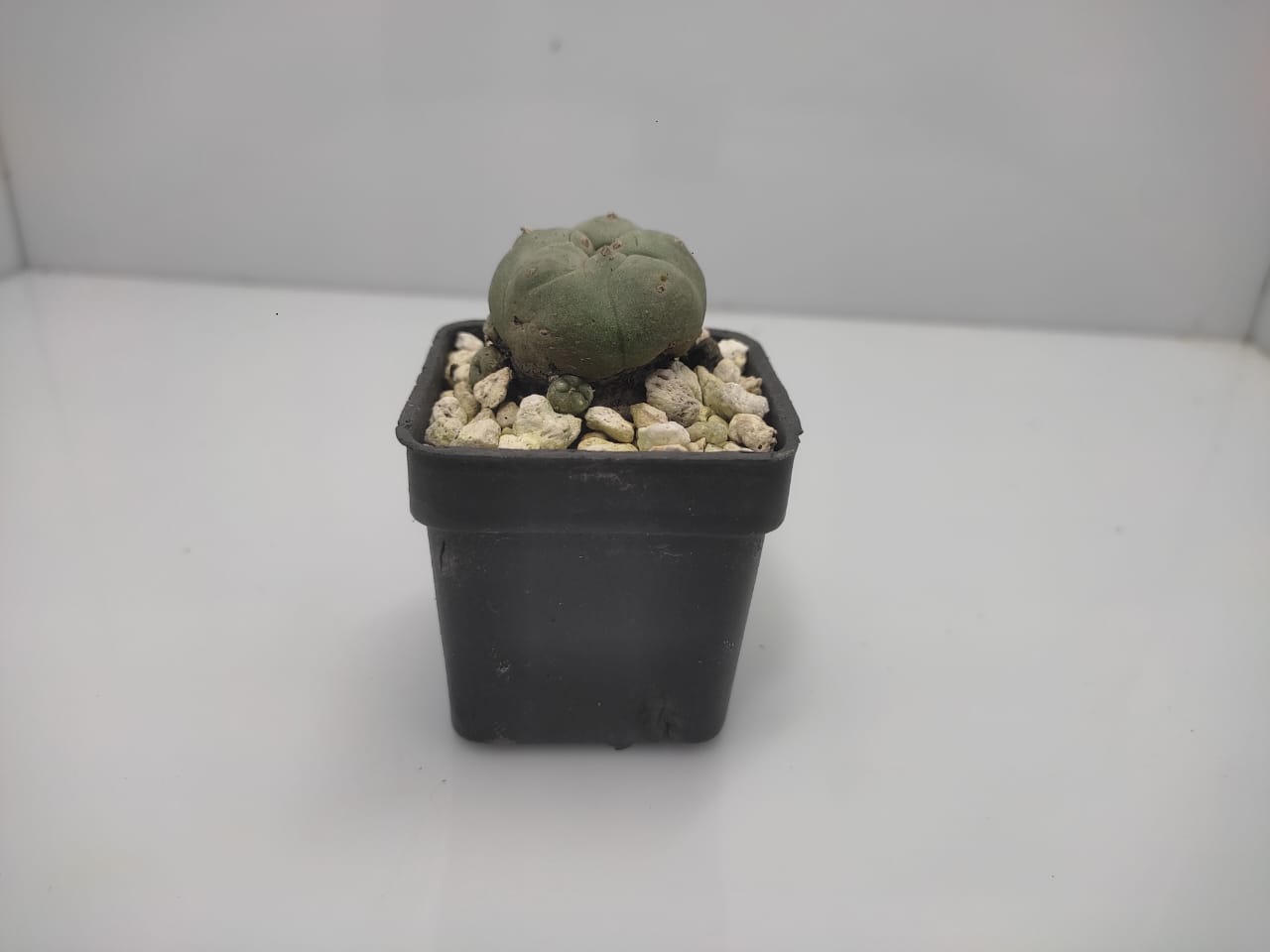
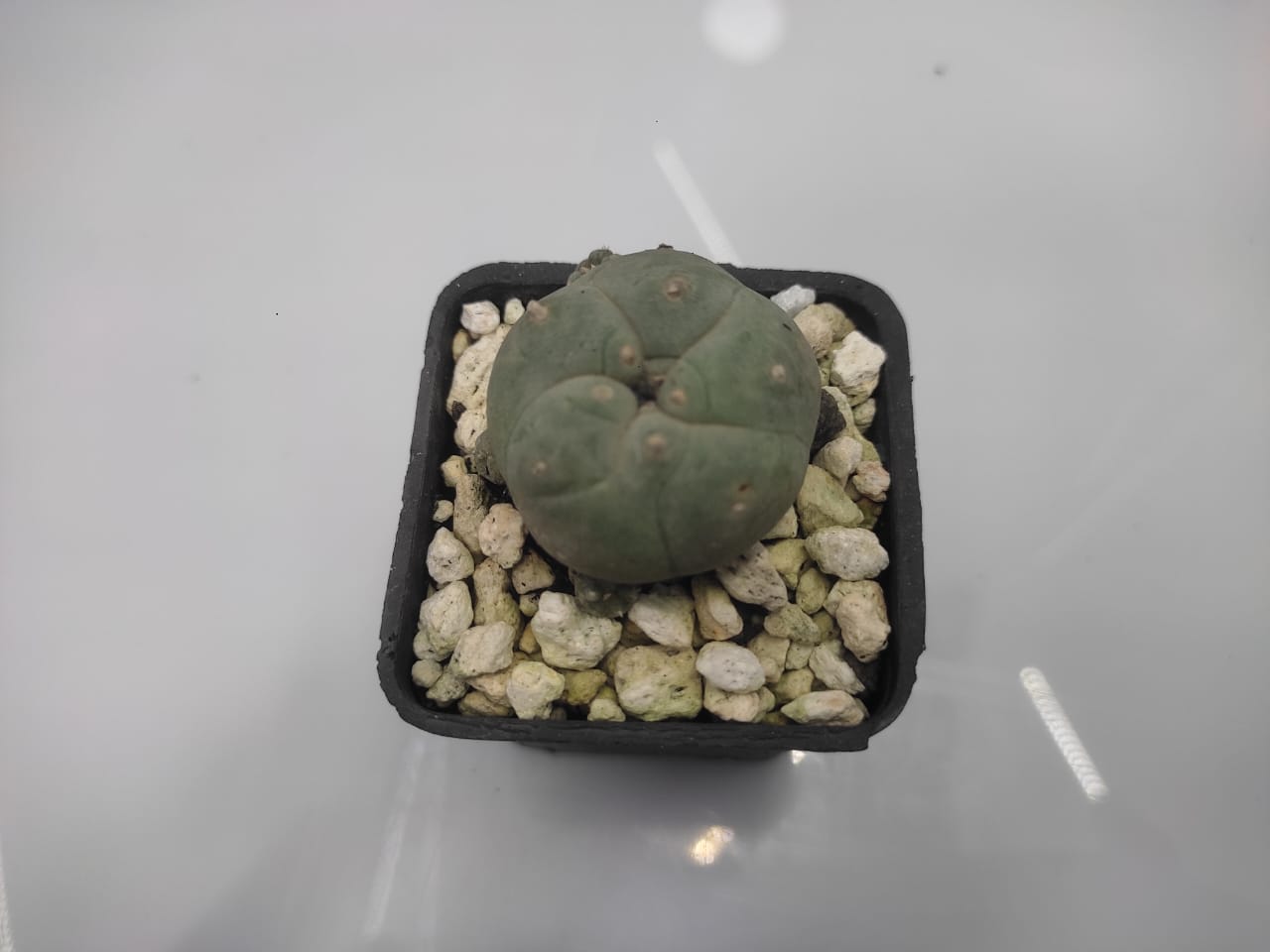
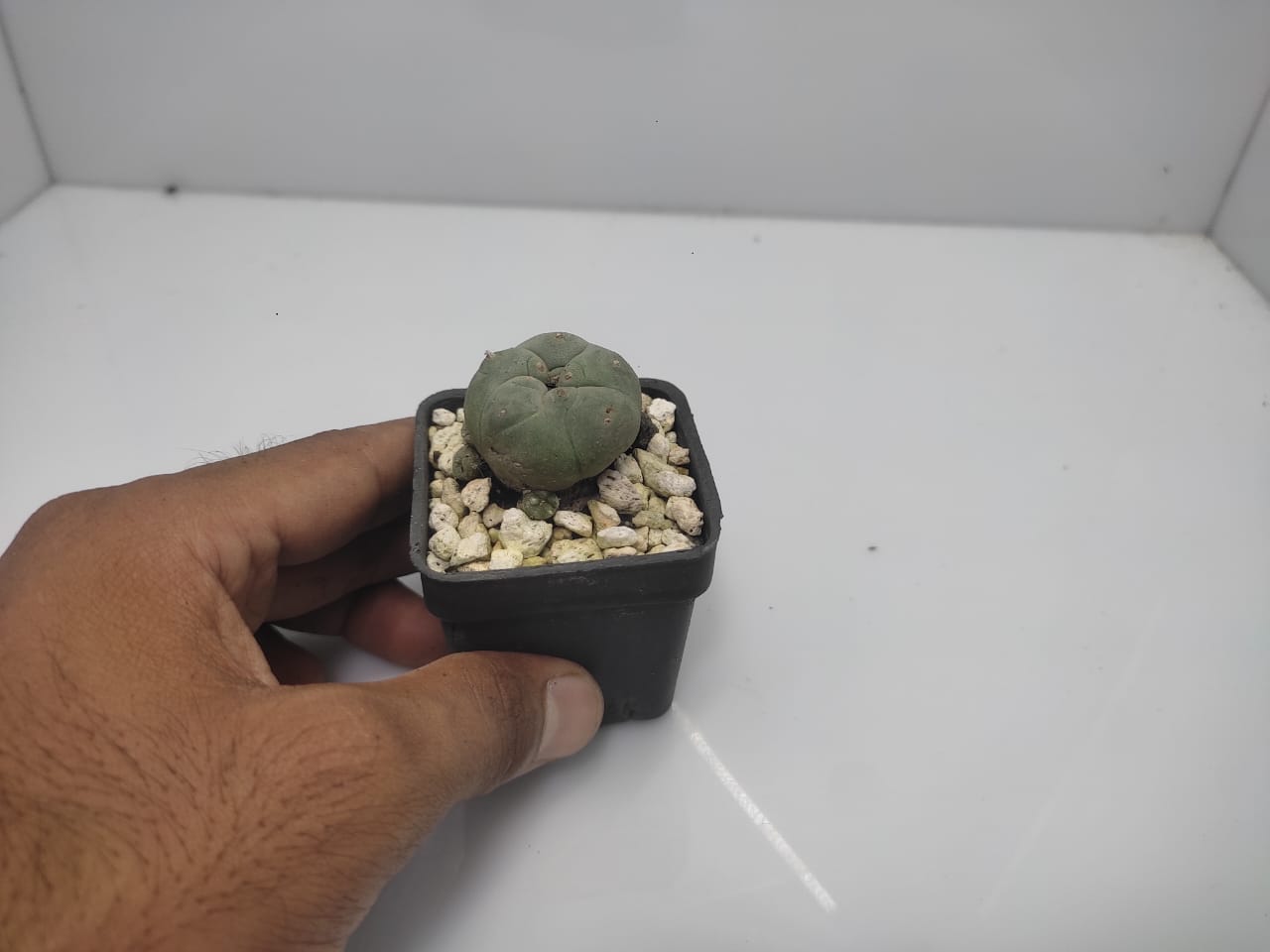
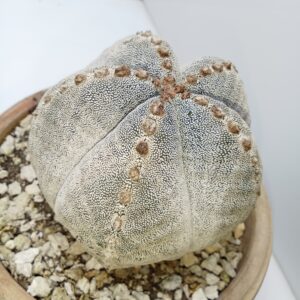
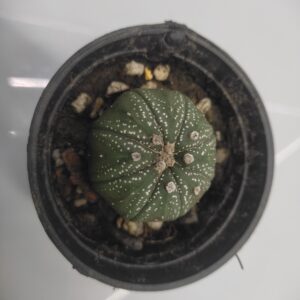
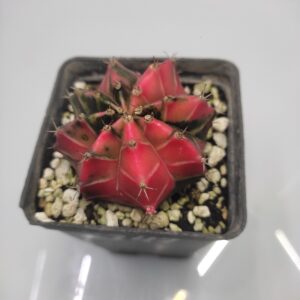
Reviews
There are no reviews yet.